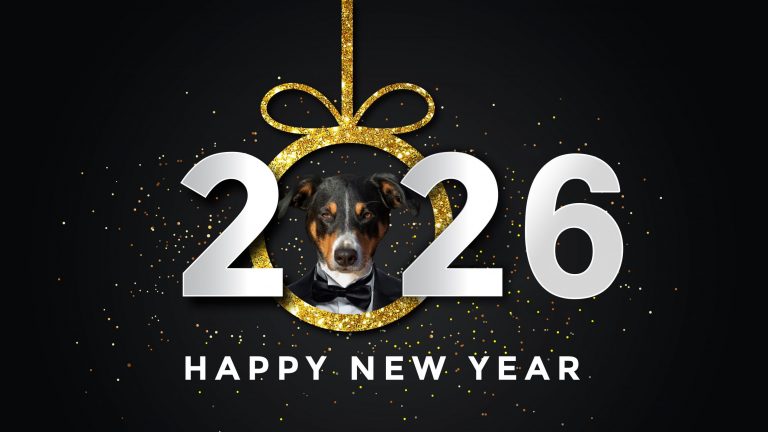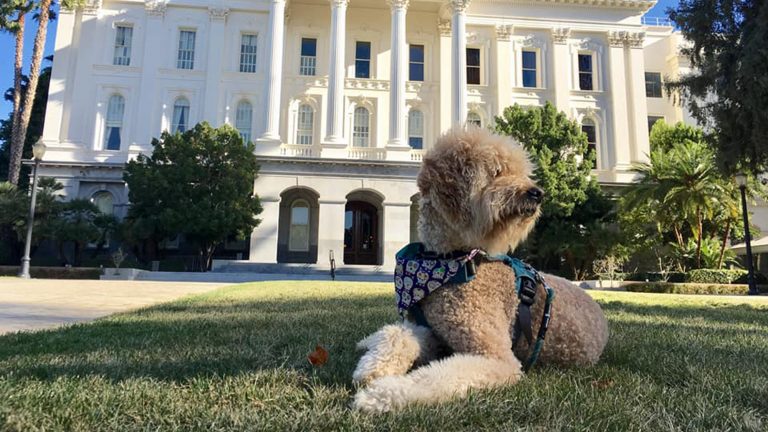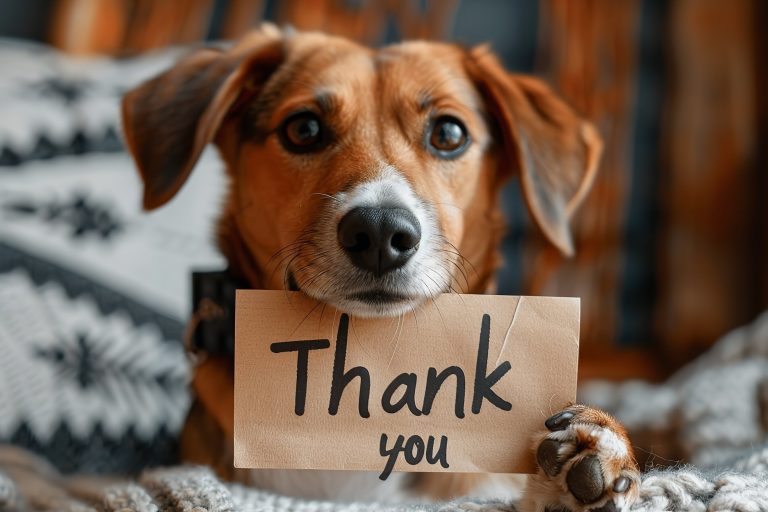We have found an interesting training article written by Linda Lombardi at Care2.com that we wanted to share with our intrepid DogTrekker readers.
You probably know not to pet a service dog who’s working — the dog may even wear a sign that says so. But you may not realize that it’s just as important to make sure that your dog has good manners around working animals.
So what counts as good human and pet manners around a working dog? We asked Becky Barnes Davidson, manager for consumer outreach and graduate support for Guiding Eyes for the Blind, for advice. Davidson is with her third guide dog in 20 years, Lawson the yellow Lab, and has a great deal to share. Much of what we learned about behaving around guide dogs can be helpful when dealing with other people’s dogs in general.
Ask to pet every dog
It’s important that a guide dog not be distracted from his work, but some people think they can break the rules just once, and even a sign doesn’t always help. “People say, ‘Oh, I see I’m not supposed to be doing this, but I can’t help it,’” Davidson says. “Or they think that because you’re blind, you won’t notice.”
Obeying this rule doesn’t mean you can never interact with someone who has a guide dog. “I’m a dog lover, too,” she says. “I’ve had people come up to me and ask, ‘Can I pet your dog?’ And if I have time, I’ll stop and I’ll say, ‘Sure, if I can pet yours.’”
In fact, guide dogs can be the same kind of social lubricant that pet dogs are. “Part of the reason some people choose to travel with guide dogs is that it often provides opportunity for more social interaction,” she says. “It’s not the primary reason, but it’s a side effect.”
A good rule is to always take the handler’s lead. Just like when you talk to any other stranger on the street, it may not be a good time to stop and chat.
“I may say, ‘If you pet my dog while it’s working, it’s like taking your eyes off the road while you’re driving,’” she says. “Or, if I’m not busy, I might have my dog sit and drop the harness and say, ‘Yeah, you can have a brief hello.’”
Really, this is no different from what you should do when approaching any dog. “Whenever I do presentations for kids, I always say it’s important that you don’t pet a guide dog, but it’s really important that you don’t pet any dog you don’t know,” she says. “Chances are good the dog will be friendly, but don’t assume that.”
And whether you’re asking to pet the dog or offering to help someone who looks lost, always talk to the person, not the dog.
“Don’t grab an elbow and … don’t grab the dog’s leash or harness,” Davidson says. “Sometimes they ask the dog’s name, and you tell them, and then they’ll say, ‘Come on, Lawson!’ even if they’re meaning to give me directions. No, talk to me.”
Teach your dog not to greet every dog
Service dogs are trained to ignore other dogs when they’re working, but there’s only so much they can do if another dog is not under her owner’s control.
“What becomes difficult is if the other dog is unwilling to walk away from the situation, and the owner is unwilling to help it walk away from the situation,” Davidson says. “The stories that I hear that are most disturbing are of bigger dogs hauling a handler toward a working dog, not necessarily maliciously, but just because the handler might be a child or somebody who isn’t able handle the bigger dog. Those kinds of things are frightening, even when they ultimately don’t end badly.”
Owners of small dogs aren’t off the hook, either. It’s just as distracting and dangerous to get barked at or tangled up in a small dog’s leash. Either way, what guide dogs need from you is really just basic responsible ownership, Davidson says. “Anybody with a dog in public should have that dog under their full control.”
An easy first step is that if you have a retractable leash, know how to use it. “It’s fine if you’re going to the park and you want your dog to have some room to play, but don’t use it on the sidewalk,” she says. Learn how to lock it at a short length when you’re walking in a busy area, for your dog’s safety as well as that of others.
But more fundamentally, you should teach your dog not to greet every dog he sees, even if you’re only rarely going to meet a guide dog. Not all canines are dog friendly, and crowded sidewalks are bad places for dogs to greet. Safe, polite dog greetings require space to approach from the side and to back off if one or both of the dogs become uncomfortable.
“Etiquette with a dog is something we as guide dog handlers really want to see, but I think the general public wants to see that, too,” Davidson says. “It’s not up to your dog to decide whom it gets to play with. You need to be responsible for your dog.”
And finally, if you’re still not convinced, note that if your dog gets in a conflict with a guide dog, the consequences can be serious. “If my working dog is attacked by a loose dog, the owner of that loose dog can be prosecuted — and in some states, it’s a felony.”
Guide dogs are dogs, too
When guide dogs are off duty, they get to play like any other dog. “My husband has a guide dog, too, and when we’re home we take off the harnesses and get out of the way,” she says.
And just like a guide dog, your dog can learn that different behavior is appropriate in different situations. With positive reinforcement training, guide dogs learn to pass another dog without interacting, and you can teach the same once your dog masters basic sit, stay and release commands.
“Reward the behavior you want. When your dog starts to interact, call it back, have it sit, and reward it for stay,” Davidson recommends.










